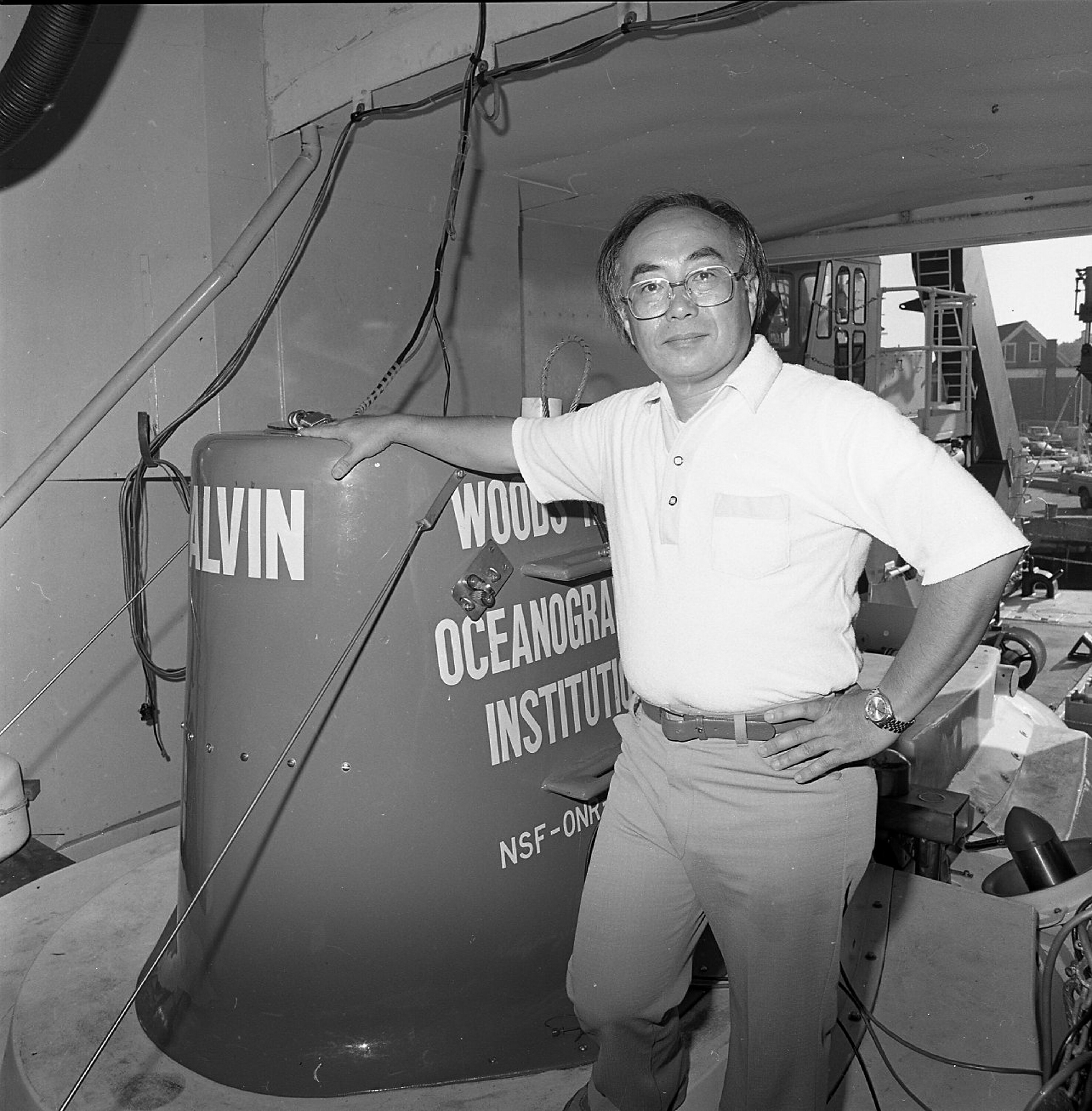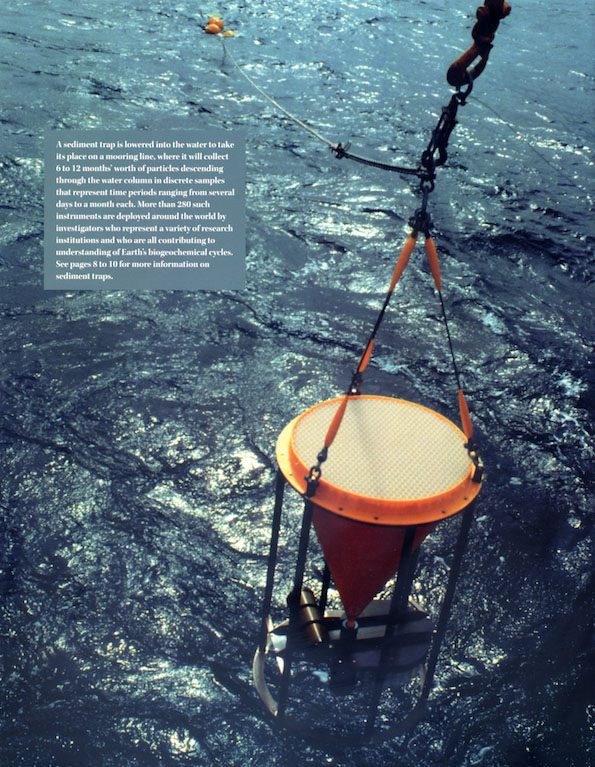- Introduction
- ES Morse
- Morse in New England
- Morse as an illustrator
- Morse in Japan
- Morse's pottery collection
- Charles Otis Whitman
- Shosaburo Watase
- Umeko Tsuda and Sutematsu Yamakawa
- Katsuma Dan
- Emperor Showa (Hirohito)
- Shinya Inoue
- Osamu Shimomura
- Susumu Honjo
- --------
- E.S. Morse Institute
- Institutional Cooperation
- Fukushima
- About
Susumu Honjo

Susumu Honjo. Courtesy WHOI Archives.
Susumu Honjo was born in Osaka, Japan and received his formal education at Hokkaido University in Sapporo. Prior to joining the Woods Hole Oceanographic Institution as Associate Scientist in 1970, he worked for Kansas University, the Kansas Geological Survey, and was a Post-Doctoral Fellow at Princeton University. From 1963 to 1970 he was Assistant and Associate Professor at Hokkaido University. In 1982 he was promoted to Senior Scientist at WHOI. His primary research interest is in *the field of marine geology, particularly pelagic sedimentation.
During his long research career at WHOI, Sus Honjo has concentrated on understanding the processes and rates of ocean sedimentation and the removal of carbon in the form of carbon dioxide from the atmosphere to its deep ocean “sink.” He recalls trembling with excitement when he looked into a microscope aboard R/V Knorr to examine the first sample collected by a deep ocean sediment trap in the central North Atlantic: Abundant fecal pellets produced by surface organisms proved his hypothesis that the majority of ocean sediment is delivered to the deep seafloor by large, rapidly settling aggregates. His global research efforts to link upper and deep ocean processes bridge marine geology, ocean chemistry, and biology and enhance understanding of the biogeochemistry of the ocean.

A sediment trap being lowered into the ocean’s depths, where it will collect particles for 6 to 12 months.
Since the 1970s, Honjo has conducted experiments around the world to better understand the process, rates, and the volume of the transfer of carbon dioxide (CO2) from the atmosphere to the ocean’s interior and sea floor. This focus led to the invention of the Parflux Sediment Trap, the original McLane product line when the company was founded in 1983.
Dr. Honjo is a founder of the International Joint Global Ocean Flux Study (JGOFS), an international collaborative research project established in 1983 to understand the ocean carbon cycle. Through his 15-years of leadership, the project collected data through sediment traps at sites in all the major ocean basins of the world.
In 2014 Sus was honored to be named a Fellow of the American Geophysical Union. He was cited “for his contributions to our understanding and observations of marine particle compositions and fluxes and of the oceanic biological pump.” Award recipients are recognized for making “exceptional scientific contributions and attained acknowledged eminence in the fields of Earth and space sciences”.
“I am honored for my opportunity to tackle such a fundamental oceanographic question – the global cycle of biogenic carbon – with distinguished WHOI and international colleagues,” Honjo says.